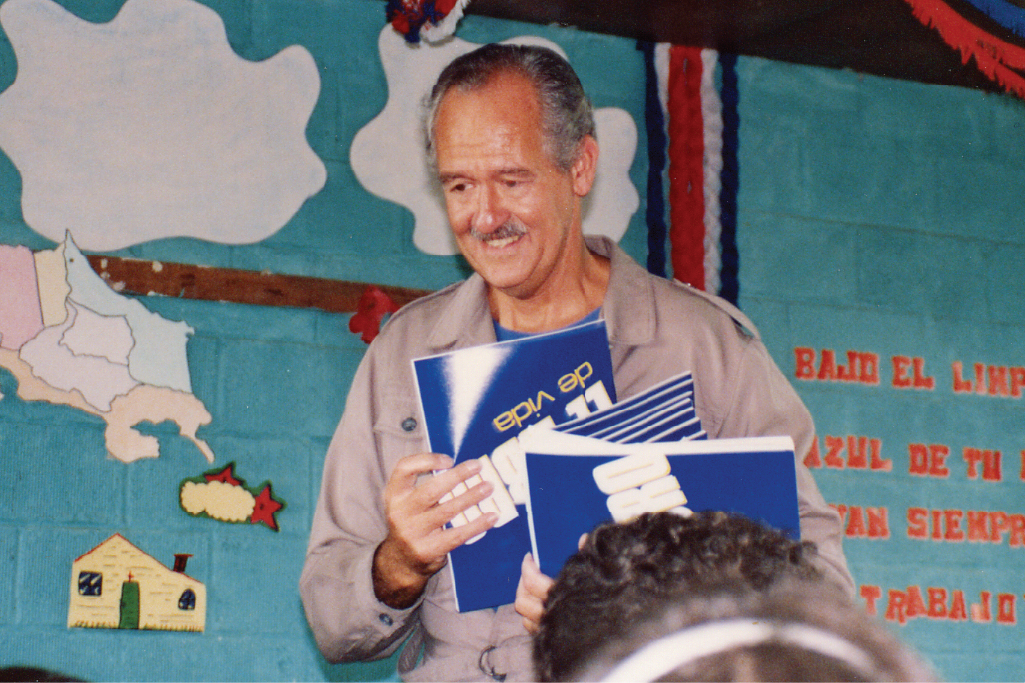Ruslan Maliuta is a network liaison for OneHope. I’ve invited him to share his unique perspective and expertise on finding the right business partners.
If you saw the movie Everest, which came out a few years ago, you know that climbing difficult routes requires technique, tools, and partners. In mountaineering, the people you team up with not only determine the success of your project, but your life literally depends on them. You don’t want to find yourself in the wrong partnership, clinging to a rope hundreds of feet above the ground.
While the world of business partnerships seems very different from activities done at a high altitude, identifying the right partners and learning to work together are essential skills for every leader. There is no painless way to partner effectively, just like there is no easy way to be a good spouse or a good parent. Building trust, resolving conflicts, and developing alignment require time, skill, and effort. However, one thing that is worse than not partnering with others at all is partnering with the wrong people.
There is a part of me that wishes for everyone to be able to partner with everybody. Yet this idea is not only utopian but, interestingly enough, also not biblical. In his second epistle to the Corinthians, apostle Paul urges readers: “Don’t team up with those who are unbelievers. How can righteousness be a partner with wickedness?” (NLT). The application of this advice is often limited to marriage, but I believe it offers valuable insight into the reality of collaboration.
What might help us discern potential right partners? Or, using Paul’s terminology, how could we build “righteous” partnerships and avoid “wicked” ones? While there is no simple recipe, it would be wise to look for certain green or red flags, particularly in the following three key areas.
Values are the things that define and motivate us. Lack of alignment or, even worse, conflicting values is a recipe for partnering disaster. Some years ago, a group of climbers sacrificed their chance to summit Mt. Everest in order to rescue their teammate, who got stuck on the descent. They did it because they valued human life and their friendship more than personal achievement, even one that could have propelled their careers as professional athletes. There are many sad examples and frozen bodies up on the mountain that testify to very different sets of values. A good start on a partnering journey is to ask, What are the core values that drive me and my organization?
Goals are the results we’re working to achieve. It may seem obvious that partners should have a common vision. Yet it’s not unusual for people to discover well into their journey together that they have quite different goals in mind. Climbing El Capitan in Yosemite National Park is a very different objective from having a picnic by the river there. It’s always worth our time and effort to clarify what our actual goals are. Even better, we can work together with our partners on developing them. It’s also helpful to keep in mind that the how is often as important as the what.
Relationships are how we connect and get along with others. I grow to like and trust the people I spend many nights within a small tent surrounded by a harsh environment when climbing or hiking a route. Achieving worthy goals is always difficult, and the path there has many obstacles and challenges. It can make a lot of difference if you have fun doing it. What’s the best way to approach this? Commit to becoming a person other people enjoy working with. Help to grow your organization into a partner others are genuinely excited about.
And a word of warning: looking for perfect partners, for some kind of “knights of collaboration in shining armor,” won’t get you anywhere. They only exist in fairy tales in some leadership development books. This approach can lead to much frustration and disillusionment. But I’m convinced that people who have common values, share worthy goals, and are committed to each other can achieve many breakthroughs. The hard news is that there is no easy way to partner. The good news is that there are more people we can successfully partner with than we tend to think.



